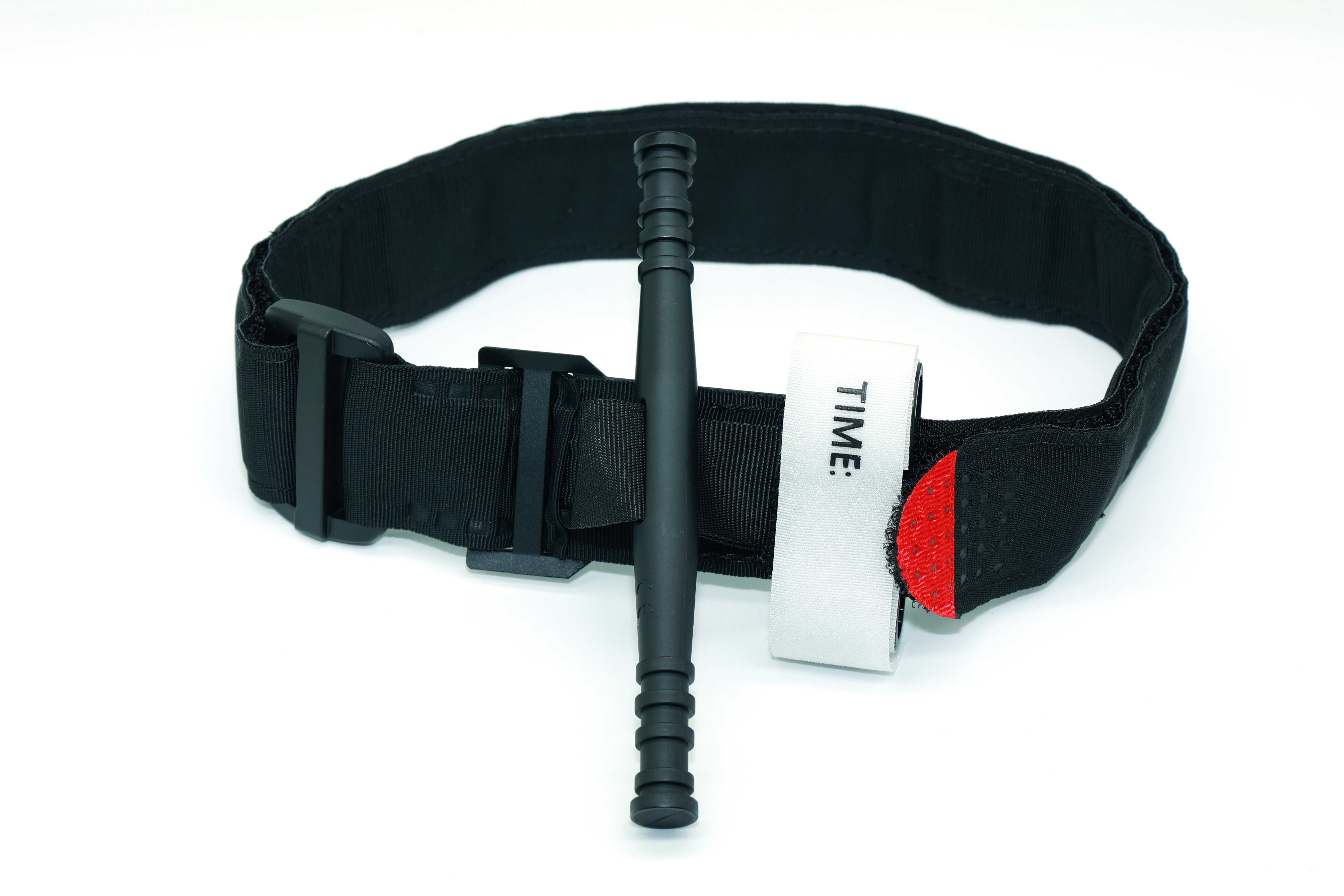spinning radial artery hemostat on hemostatic effect and comfort after coronary intervention
Objective: To observe the effect of modified pressure bandaging of radial artery hemostat on hemostasis and comfort after coronary intervention. Methods: 180 patients who underwent percutaneous radial artery puncture coronary angiography or interventional therapy were randomly divided into three groups: gauze bandage compression group (group A), spinning hemostat group (group B) and modified pressure bandage group (group C). The hemostatic efficacy and patient comfort of the three groups were observed. Results: There was no significant difference in the success rate of radial artery puncture and the rate of percutaneous coronary intervention among the three groups (P> 0.05). The postoperative bleeding rate in group A was higher than that in group B and group C (P <0.01 and P <0.05). Postoperative wrist circumference in group A and group B was greater than that in group C (P <0.01); oxygen saturation in group A and group C was greater than that in group B (P <0.01). There were significant differences in postoperative bruising rate, small mass rate, skin lesion rate and radial artery occlusion rate (P <0.05 ~ P <0.01), but there was no significant difference in large mass rate (P> 0.05). Among them, the bruising rate in group A was higher than that in group B and group C. The rate of small mass in group A was higher than that in group B. The rate of skin lesion in group A was lower than that in group C, the occlusion rate of radial artery in group A was lower than that in group B (P <0.05 to P <0.01). Conclusion: The radial artery hemostat modified pressure bandage can effectively stop bleeding at the same time reduce the incidence of local and to improve patient comfort.


Key words: CAT tourniquet; tourniquet; first aid; coronary artery; radial artery

